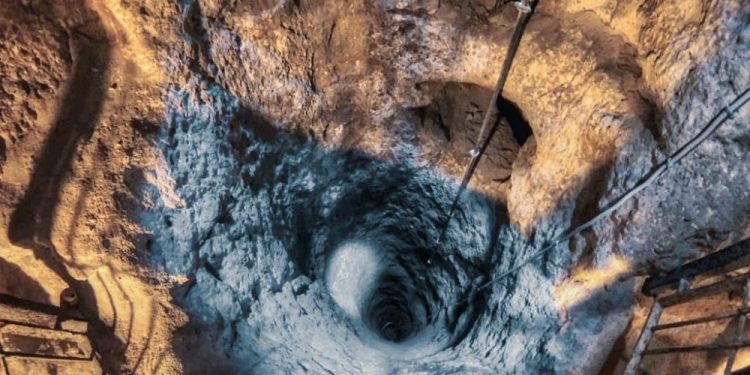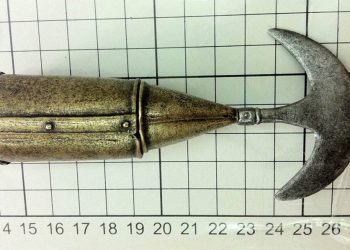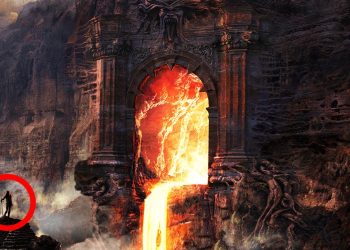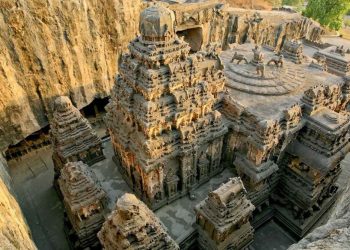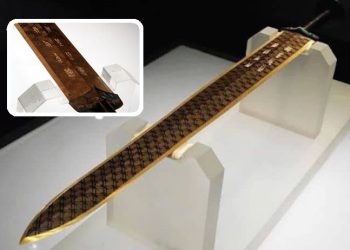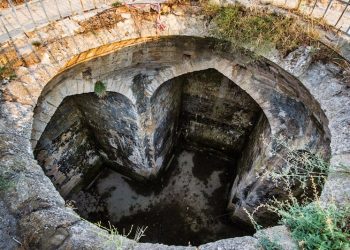In the Derinkuyu district of Nevşehir Province, Turkey, lies one of the Earth’s largest and most remarkable underground cities. This ancient, multi-leveled city remains an enigma, with many secrets yet to be discovered.
A Massive City Concealed Underground
Derinkuyu, accommodating up to 20,000 people in ancient times, is among the most extensive underground cities ever built. This engineering marvel showcases its intricate complexity and age, leaving many questions unanswered.
More Than Just a Hideout
The city was not merely a hiding place; it was fully equipped with stables, cellars, storage rooms, refectories, and chapels. In essence, Derinkuyu was a massive, fully functional city constructed thousands of years ago.
The Deepest of Them All
Derinkuyu’s depth is another astonishing feature, boasting 18 identified levels, with only eight currently accessible. It reaches approximately 80 meters deep, making it one of the deepest underground cities known.
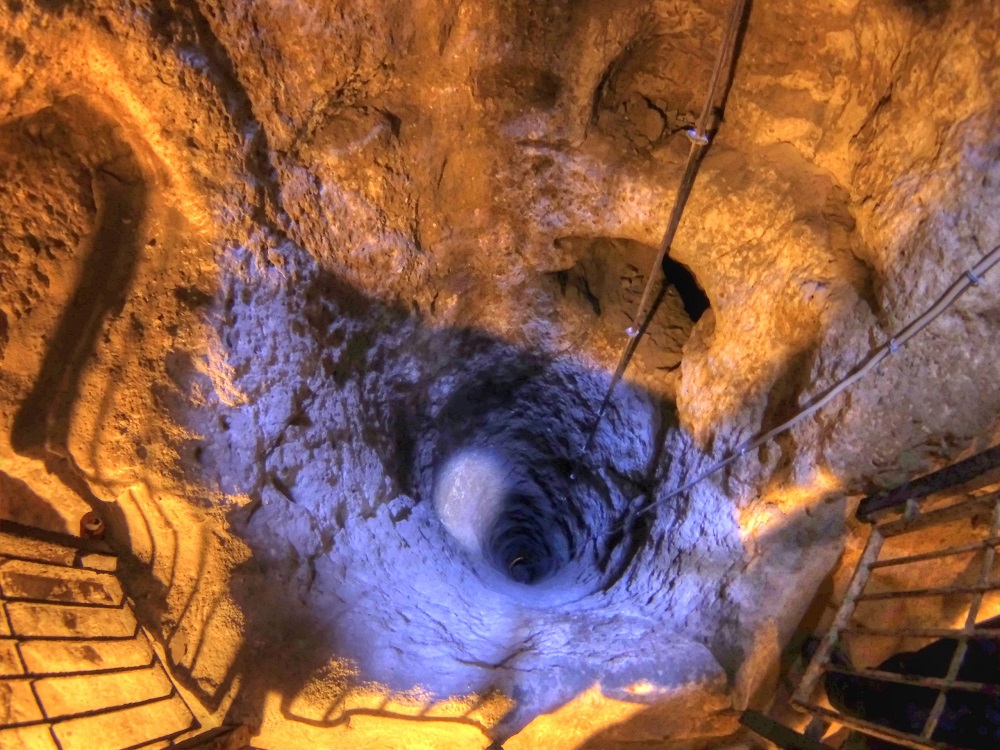
Numerous Entrances and Rooms
Although concealed, Derinkuyu has about 600 external doors leading to the city. While it wasn’t designed for long-term living, it could sustain a large population for extended periods. The accessible layers contain food storage rooms, kitchens, bedrooms, bathrooms, wine presses, wells, weapon storage areas, religious rooms, schools, tombs, and stables for livestock.
Ingenious Ventilation and Water Supply
Derinkuyu’s innovative 55-meter-long ventilation shaft played a dual role, providing essential water to both the underground city’s inhabitants and the communities residing on the surface. This ingenious design ensured a reliable and continuous supply of water, which was crucial for the city’s long-term sustainability. By incorporating this advanced engineering solution, the architects of Derinkuyu demonstrated their understanding of the importance of a steady water supply for the survival of their hidden city.
A Fortified Haven
The city’s design allowed it to be locked from the inside using massive stone doors, providing protection for its inhabitants. Each floor could be closed off separately, and doors had small holes drilled in the middle, possibly for shooting arrows.
Age and Connections Remain a Mystery
The city’s exact age remains unknown, though it is believed to have been built by the Hittites around 3,200 years ago. Interestingly, Derinkuyu is not the only underground city in the region and is connected to Kaymakli via an eight-kilometer-long tunnel.
Have something to add? Visit Curiosmos on Facebook. Join the discussion in our mobile Telegram group.



